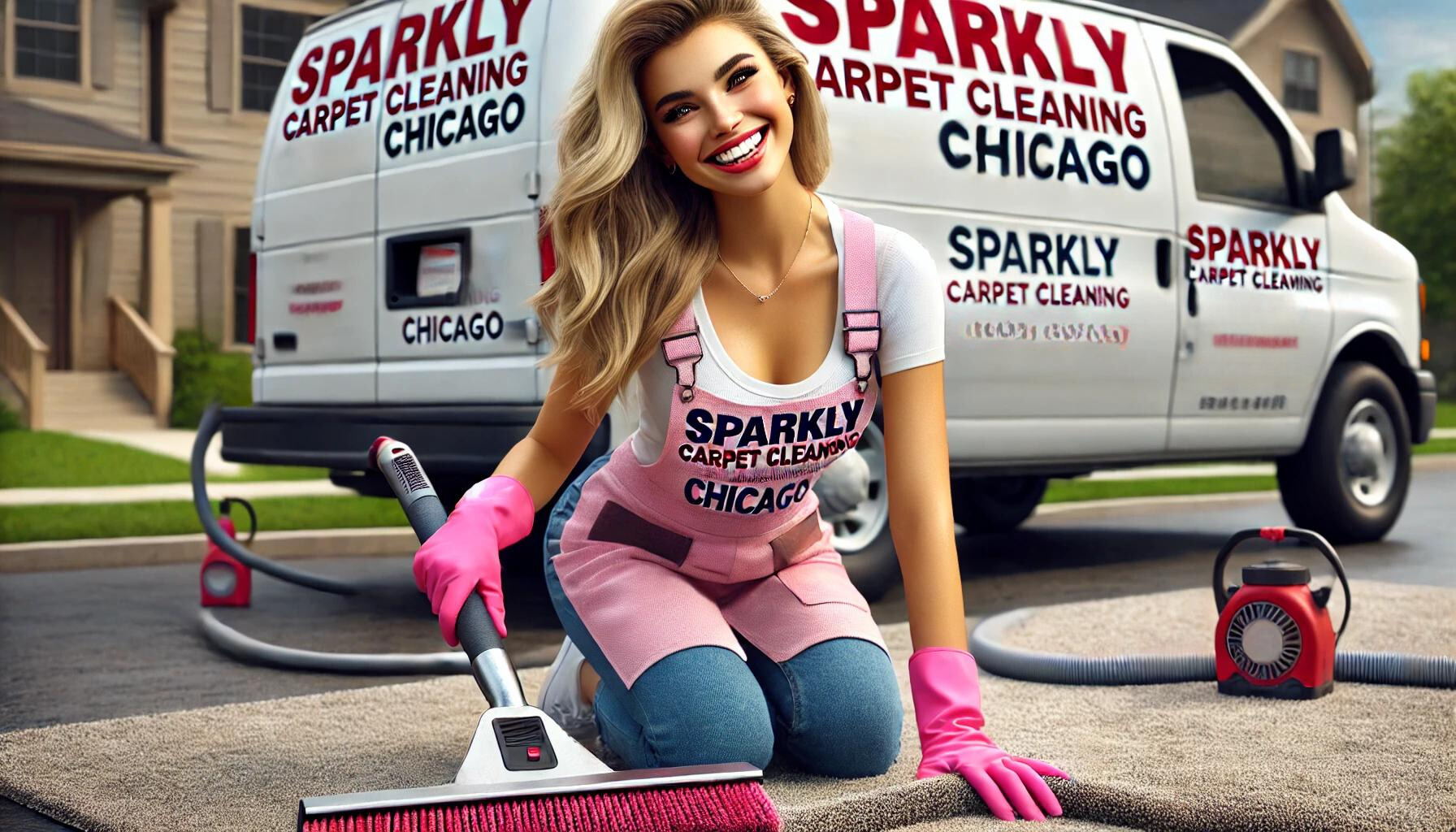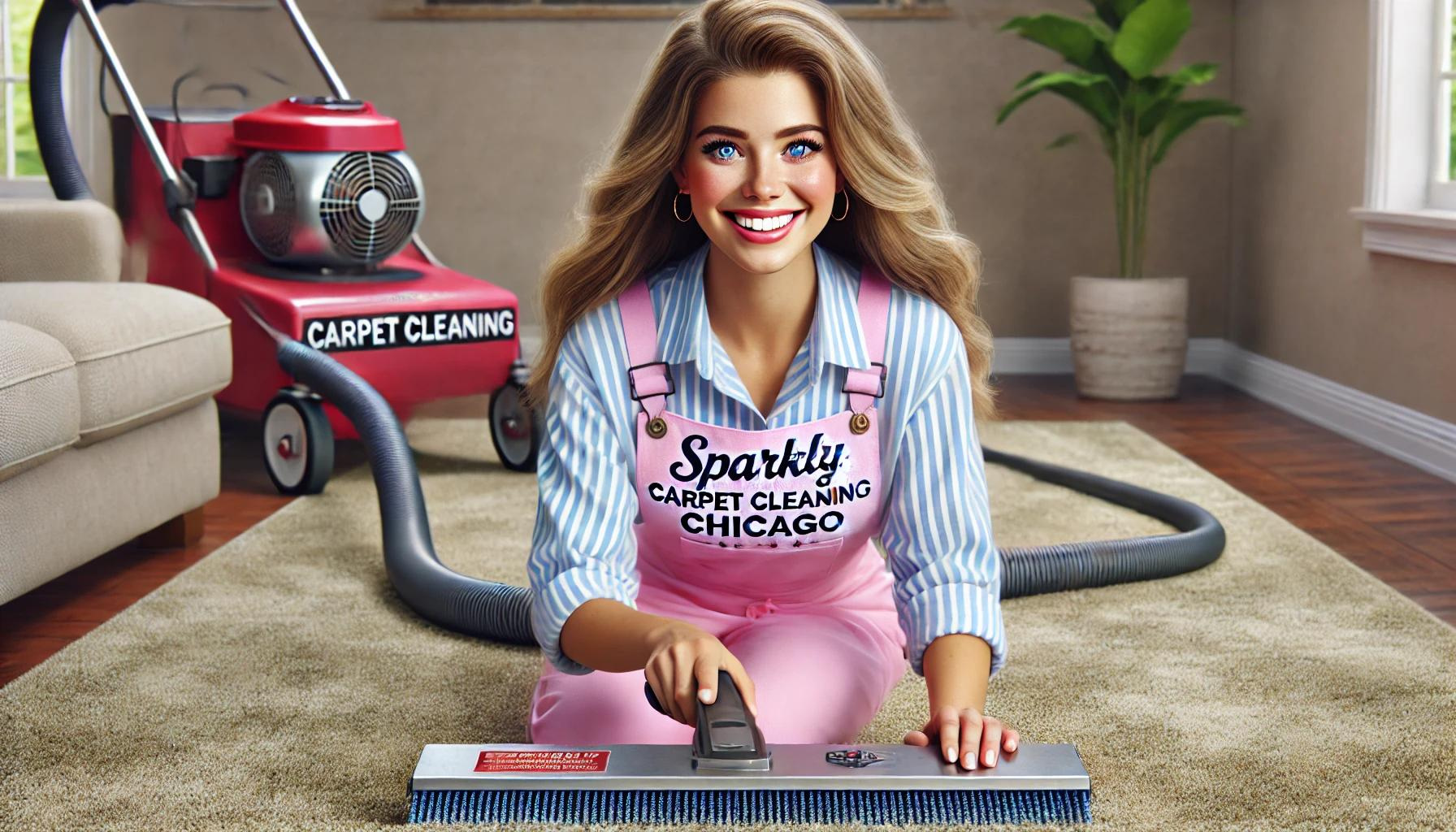How Long Till Carpet Dries After Cleaning
Understanding The Drying Time For Carpets After Cleaning
Carpet cleaning not only enhances the appearance of your home but also extends the lifespan of your carpet while improving indoor air quality. However, a lingering question remains after the cleaning process: "How long until my carpet dries?" This comprehensive guide delves into the factors that affect drying times and provides effective strategies to expedite this process.
What Affects Carpet Drying Time?
Type of Carpet
The material and weave of your carpet significantly dictate how much moisture it retains and, thus, its drying time. Thicker carpets with dense fibers, like shag or wool, naturally hold more moisture and require longer to dry. Conversely, carpets made from synthetic fibers such as nylon or polyester are lighter and have quicker drying times.
Cleaning Method Used
The choice of carpet cleaning method greatly influences how much moisture remains in the carpet afterward. Here’s how different methods stack up:
Steam Cleaning (Hot Water Extraction): This method involves injecting hot water and detergents into the carpet and extracting the dirty water. Although effective for deep cleaning, it leaves behind significant moisture, leading to longer drying times.
Dry Cleaning: Utilizing chemical agents that require minimal to no water, dry cleaning methods allow carpets to be used almost immediately after cleaning.
Bonnet Cleaning: Often used in commercial settings, this method involves a cleaning machine with a spinning pad soaked in cleaning solution. It's quicker than steam cleaning but might not be as thorough for deep-set stains and dirt.
Environmental Factors
Drying times aren’t just about the cleaning method; environmental factors play a pivotal role too:
Humidity: High humidity levels can prolong drying times because the moist air slows down the rate of evaporation.
Temperature: Warmer temperatures help speed up drying as they increase the rate of evaporation. However, excessive heat should be avoided, as it can damage the carpet fibers.
Airflow: Good ventilation significantly aids in reducing drying times. Enclosed areas with poor airflow tend to retain moisture longer.
How to Speed Up the Drying Process
Enhancing the drying speed of your carpets can be achieved through several practical steps:
Increase Air Circulation
Boosting airflow is one of the most effective methods to facilitate faster drying. Utilizing fans, opening windows, and activating air conditioning systems can all help promote better air circulation across the carpet.
Use a Dehumidifier
In environments with high humidity, using a dehumidifier can be very effective. It helps by extracting moisture from the air, thus speeding up the overall drying process of the carpet.
Apply Heat Sensibly
Appropriate application of heat can aid in drying carpets quicker, but it must be done with care to avoid damaging the fibers. Using a hair dryer on a cool setting or portable heaters can gently accelerate drying times but should be used cautiously.
Typical Drying Times by Method
Understanding typical drying times based on the cleaning method can help you plan better:
Steam Cleaning: Generally takes about 6 to 12 hours to dry, depending on the above factors.
Dry Cleaning: Carpets can be dry in 30 minutes to an hour.
DIY Cleaning: Using rental or home steam cleaners will have drying times similar to professional services, mostly dependent on the volume of water used.
Effective Preparation for Carpet Cleaning
Proper preparation can mitigate extended drying times and ensure a smoother cleaning process:
Choose the Right Time: Where possible, opt for carpet cleaning during warmer, less humid days to facilitate faster drying.
Prepare the Area: Remove furniture and other items from the carpet area to prevent staining and allow for unimpeded airflow.
Ventilation: Ensure the room is well-ventilated before starting the cleaning process to help reduce drying time right from the start.
Common Mistakes to Avoid
It’s essential to avoid certain pitfalls to ensure the best drying conditions for your carpet:
Walking on Wet Carpets: This can push dirt deeper into the fibers and lead to re-soiling.
Replacing Furniture Too Soon: Don’t replace furniture until the carpet is completely dry to avoid stains or rust marks from furniture legs.
Wrapping Up With Fresh and Dry Carpets
By grasping the factors that affect carpet drying times and implementing methods to accelerate the process, you can reduce the inconvenience associated with wet carpets. Efficient planning and adopting the right strategies are crucial for ensuring your carpets dry as quickly as possible without compromising on their cleanliness or your convenience. Remember, a quicker drying time means a sooner return to a comfortable, clean, and inviting living space.



